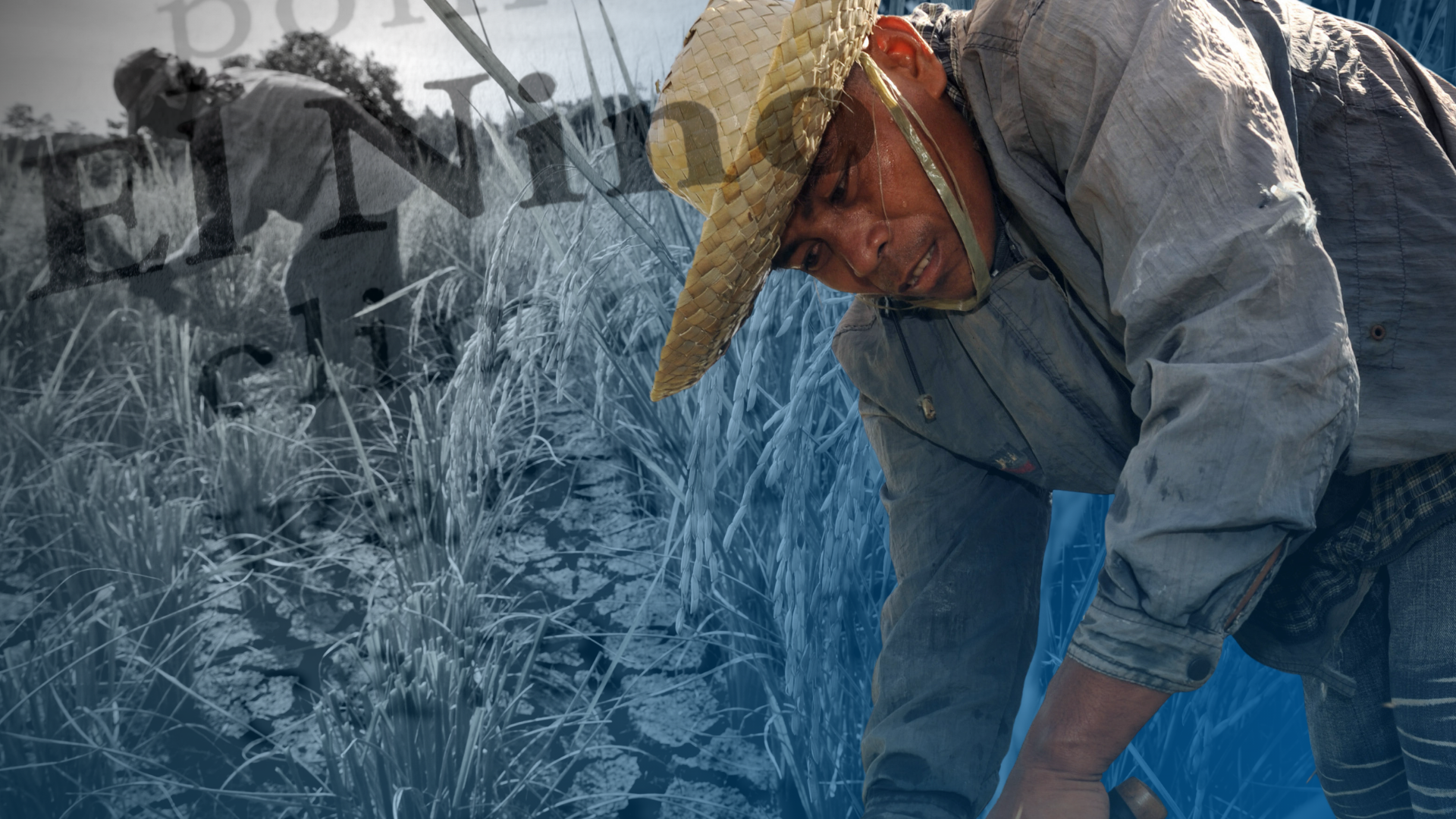MANILA, Philippines—The Philippines has enough water, especially because there is a considerable amount of rainfall every year that makes growing crops, like rice and corn, easier.
According to the weather bureau Philippine Atmospheric, Geophysical and Astronomical Services Administration (Pagasa), “rainfall is the most important climatic element in the Philippines.”
Pagasa data show that mean rainfall in the Philippines every year is 965 millimeters to 4,064 millimeters, depending on the direction of moisture-bearing winds and the location of mountain systems.
Pagasa said Baguio City and the eastern parts of Samar and Surigao receive the greatest amount of rainfall, while the southern part of Cotabato receives the least, with General Santos City having an average rainfall of only 978 millimeters.
This, Dr. Teodoro Mendoza, a University of the Philippines-Los Baños retired crop science professor, said, is one of the reasons that rice became the staple for millions of Filipinos.
So now that El Niño is already expected to hit the Philippines starting July, a food crisis could erupt.
Threats of El Niño
Pagasa, last Tuesday (May 2), raised an El Niño Alert, saying that recent conditions and model forecasts indicate that the phenomenon may emerge in the coming season (June-July-August) with an 80 percent probability.
READ: El Niño Watch: Alert raised; Pagasa predicts hotter days from June to August
El Niño, it said, may persist until the first quarter of 2024.
It said the phenomenon “increases the likelihood of below-normal rainfall conditions, which could bring negative impacts such as dry spells and droughts in some areas of the Philippines.”
READ: Pagasa: Severe dry spell to start in next 3 months
But while Pagasa said above-normal rainfall conditions may also be expected over the western part because of the southwest monsoon, below-normal rains will be experienced, especially in the Visayas and Mindanao.
“The dry spell will be severe in these areas,” said Ana Solis, chief of Pagasa’s Climate Monitoring and Predictions Section, in a radio interview last Thursday (April 27).
The recent conditions and model forecasts prompted Pagasa to raise the alert system to El Niño Alert from El Niño Watch, saying that the current status is just one level below the actual phenomenon.
Solis, however, said “historically, the southwest monsoon season is enhanced by the onset of the El Niño,” so typhoons this year could be stronger, with extreme rainfall conditions expected over the western part of Luzon.
READ: El Niño may bring more rain to western part of PH during habagat season – Pagasa
But should a dry spell hit most of the Philippines and rainfall won’t be enough to help farmers rear crops, like rice and corn, food security will be greatly impacted.
READ: Pagasa: PH has 41% chance to experience ‘strong’ El Niño this year
This, as based on data from Agricultural Training Institute, 5,000 liters of water is needed to produce a kilo of rice, while according to data from Harn R/O Systems Inc., 127 gallons of water is needed to produce 0.45 kilo of corn.
When there is El Niño, like when the phenomenon hit the Philippines in 2015, rainfall volume drops to an average of 60 percent to 80 percent, the science and technology website Phys.org said.
Shift to plant-based diet now
But like how the world can prevent itself from increasing food production by 60 percent or more when population reaches about 9.1 billion in 2050, the Philippines can likewise mitigate the impacts of a food crisis.
How?
Mendoza told INQUIRER.net through a phone call that “we should shift to a plant-based diet,” stressing that it will “hit two birds with one stone”—addressing food security and the climate crisis.
This, as he explained that a meat-based diet is “resource inefficient,” saying that “a lot of resources are consumed in producing livestock […] they also consume a lot of water and nutrients.”
As he stated in his study, which was published by the International Journal of Agricultural Technology, “transforming meat-based to plant centric diet by reducing meat intake is the way forward.”
This, as he detailed in his “Transforming Meat Based to Plant Based Diet is Addressing Food Security and Climate Crisis in this Millenium: A Review” how meat “is a very ‘resource use intensive’ food.”
“It takes 75 times more energy to produce meat than corn, four to five times more water than rice, about eight to 10 times more land for one person to be nourished,” Mendoza said.
RELATED STORY: President orders creation of team to mitigate El Niño impact
He said the 3.5 billion hectares of pastures and meadows that are used for grazing livestock—carabaos, cattle and goats among others—can be freed for the rearing of crops, which can be used as sources of energy.
Likewise, 56 percent of the 1.2 billion kilograms of grains produced yearly and fed to animals, including pet dogs and cats, and 90 percent of all soybeans fed to animals can be used directly as human food.
“More than half, 56 percent to 57 percent of all grains are simply being fed to livestock just to satisfy people’s craving for meat,” Mendoza said in his study.
“The point is this: Instead of using harvests, like corn, as food for livestock, let us grow crops as food for people,” he said.
READ: As rice crisis looms, ‘kamote’, other alternatives pushed
According to the report “Global Food: Waste Not, Want Not,” which was published by the Institution of Mechanical Engineers, beyond the agricultural stage of food production, subsequent processing of basic food can consume a lot of water.
- 1 kilo of bread: 1,608 liters
- 1 kilo of chicken: 4,325 liters
- 1 kilo of pork: 5,988 liters
- 1 kilo of beef: 15,415 liters
The production of vegetables, meanwhile, consumes less water: 237 liters of water is needed to produce a kilo of cabbage, while 287 liters of water is needed to produce a kilo of potatoes.
